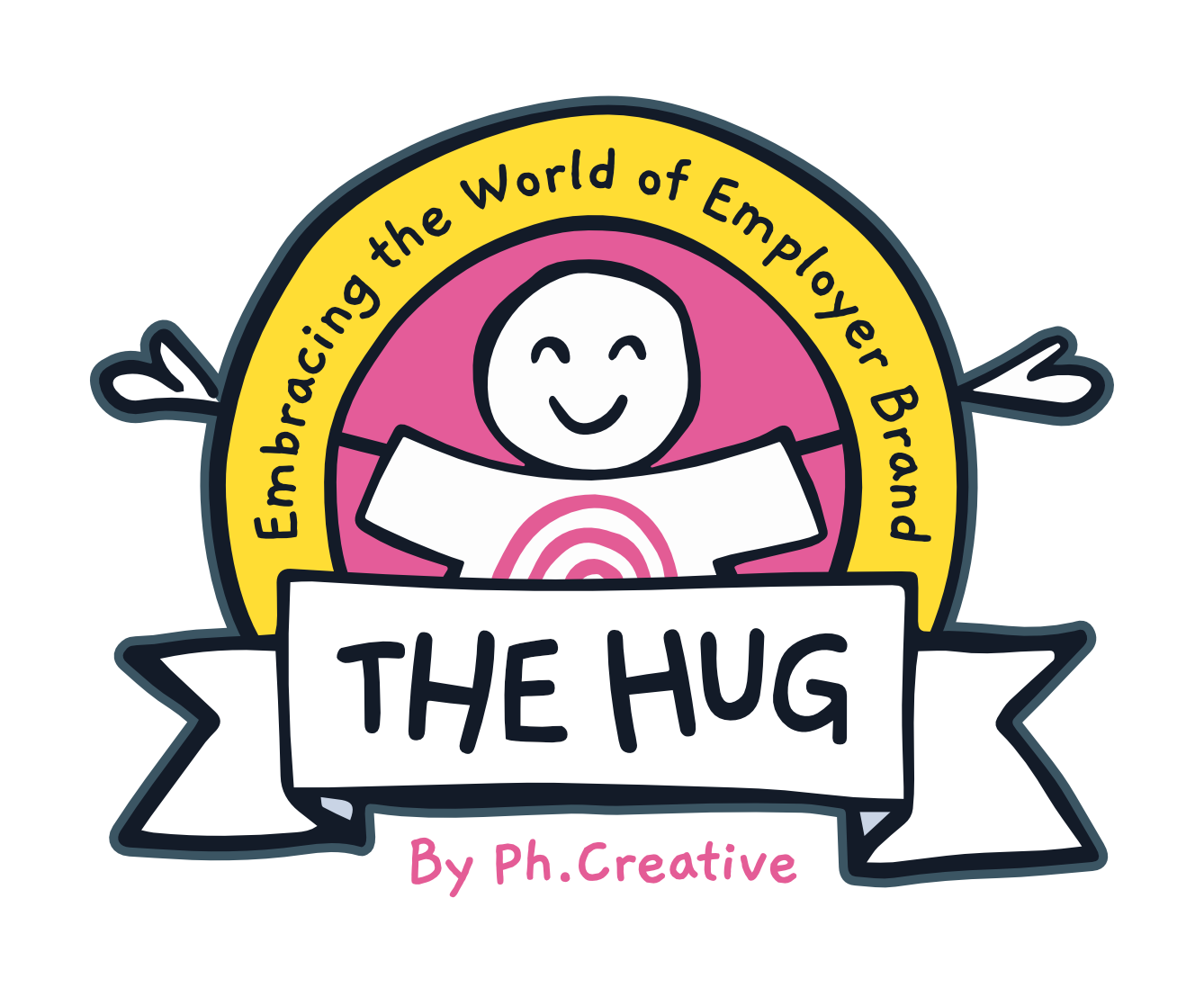How to Make Your Employer Brand Stand Out
2 min read.
Great branding helps differentiate between similar products and services. It's why you likely have a preference between Pepsi and Coke, despite them essentially tasting the same.
Now what if you could do the same for your company with employer branding?
That doesn't mean just swapping a few words around or making things up about your organisation to seem different. It means putting in the work to find the uniqueness of your culture and mission that is inherently there so that prospective employees can decide if your company identity resonates with their own.
The payoff? The people who are right for your organisation will be intrigued and drawn to apply, and the droves of job seekers who aren't right won't bother, saving you money and countless hours.
Apple Versus Microsoft
Here's an example: two household names: Apple and Microsoft. On paper, there are many similarities between these organisations. Both are giant tech companies on the cutting edge of innovation and provide dizzying career development opportunities. And either one sounds pretty exciting for a tech job seeker, right?
However, having worked with both organisations, I can tell you that the culture and the experience are so different it's unbelievable.
Difference in Structure
Apple is very organic and, believe it or not, there is very little structure. It's much more relationship-based, which is remarkable for such a big organisation. Microsoft is hierarchical, structured, and very clear from that perspective.
So, somebody who would thrive in Microsoft and have the same professional skills might actually find Apple a nightmare and vice versa.
We worked with Apple a few years ago and found there is no work-life balance whatsoever. They have high standards and are constantly under relentless pressure to deliver on difficult deadlines. There are people working at Apple who work a 14-hour day, and they go home and carry on working because they love it. They're obsessed.
Just that aspect of work-life balance is enough for some people to run for the hills and think, “I couldn't possibly work there.” But there are other differences at play.
For example, at Apple, if you don't make an effort to get to know the people around you, they won't help you, but if you're there for them, they'll do anything for you. So, it's a matrix organisation, and it’s all about building community.
Another aspect of Apple is that there are no egos, no personal, individual products—it's about teamwork. That wouldn’t sit right with a lot of people. They’d say, “Wow. I’m putting blood, sweat, and tears into this work, and I don't even get recognised for it.”
And yet, for the right type of person, who is obsessive about quality and seeing their work in the hands of millions of people, who buys into the purpose aspects and the idea of making a difference, and the sense of belonging within a high functioning team, and the chance to discover what they're capable of with the support network that is Apple... the proposition is compelling.
Provide Purpose for Employees
If you can galvanise everybody together inside the organisation around a shared sense of purpose, impact and belonging while polarising an external audience with a proposition that deters more people than it attracts, now you have a sharp tool that is functionally valuable to the organisation.
A tool that will build, nurture, and protect a culture that's conducive to driving it forward. That will act as a smart filter, fostering a sense of appreciation and identity for those who thrive within that culture.
That’s the approach. It's been battle-tested for a decade. And it works.
Sign up to our blog

Every other Thursday we share:
✔ One feature full of our freshest insights
✔ An expert hack you'll love to use
✔ The links you need now
+ other helpful bits for thousands of EB and TA pros just like you